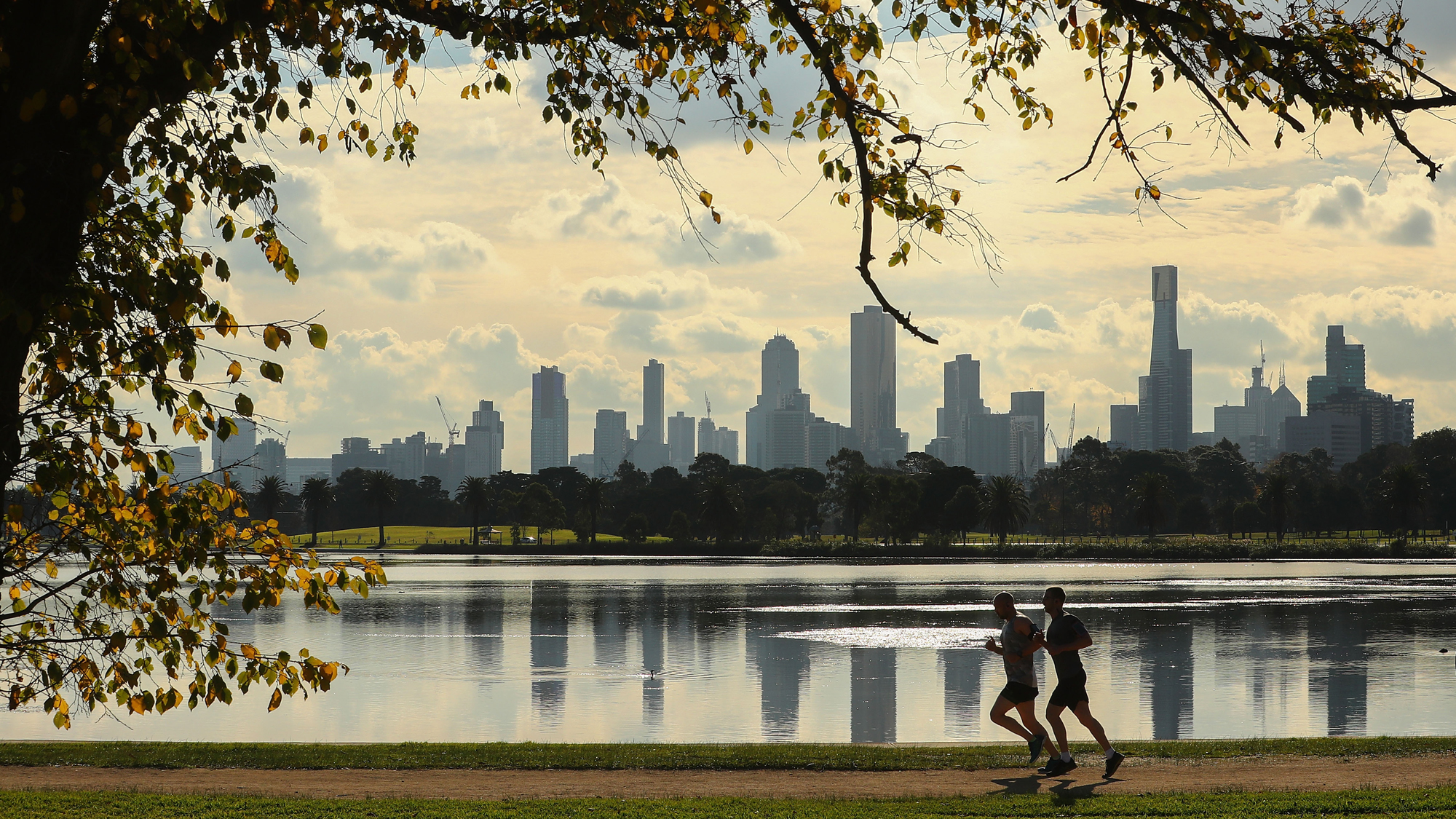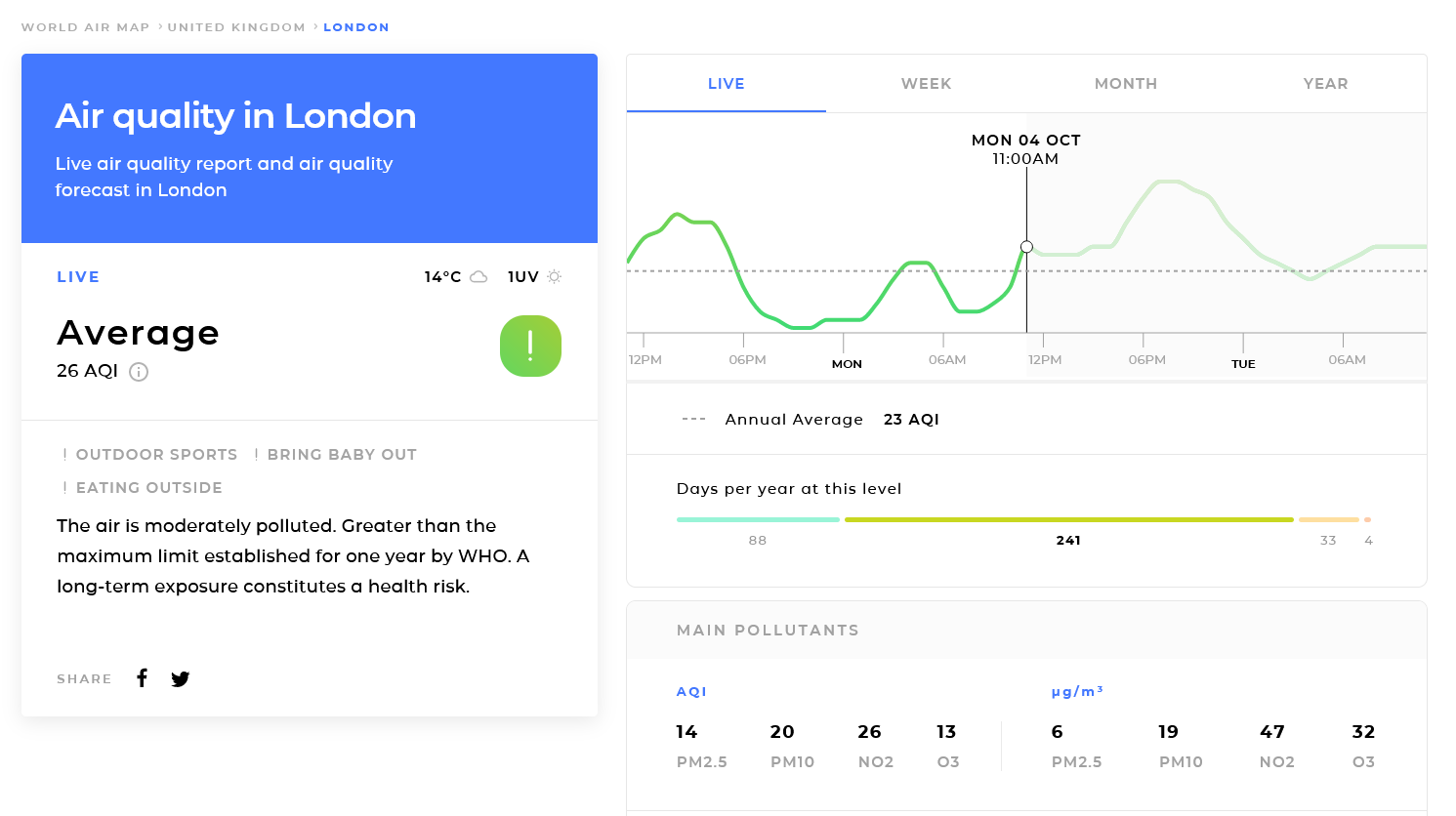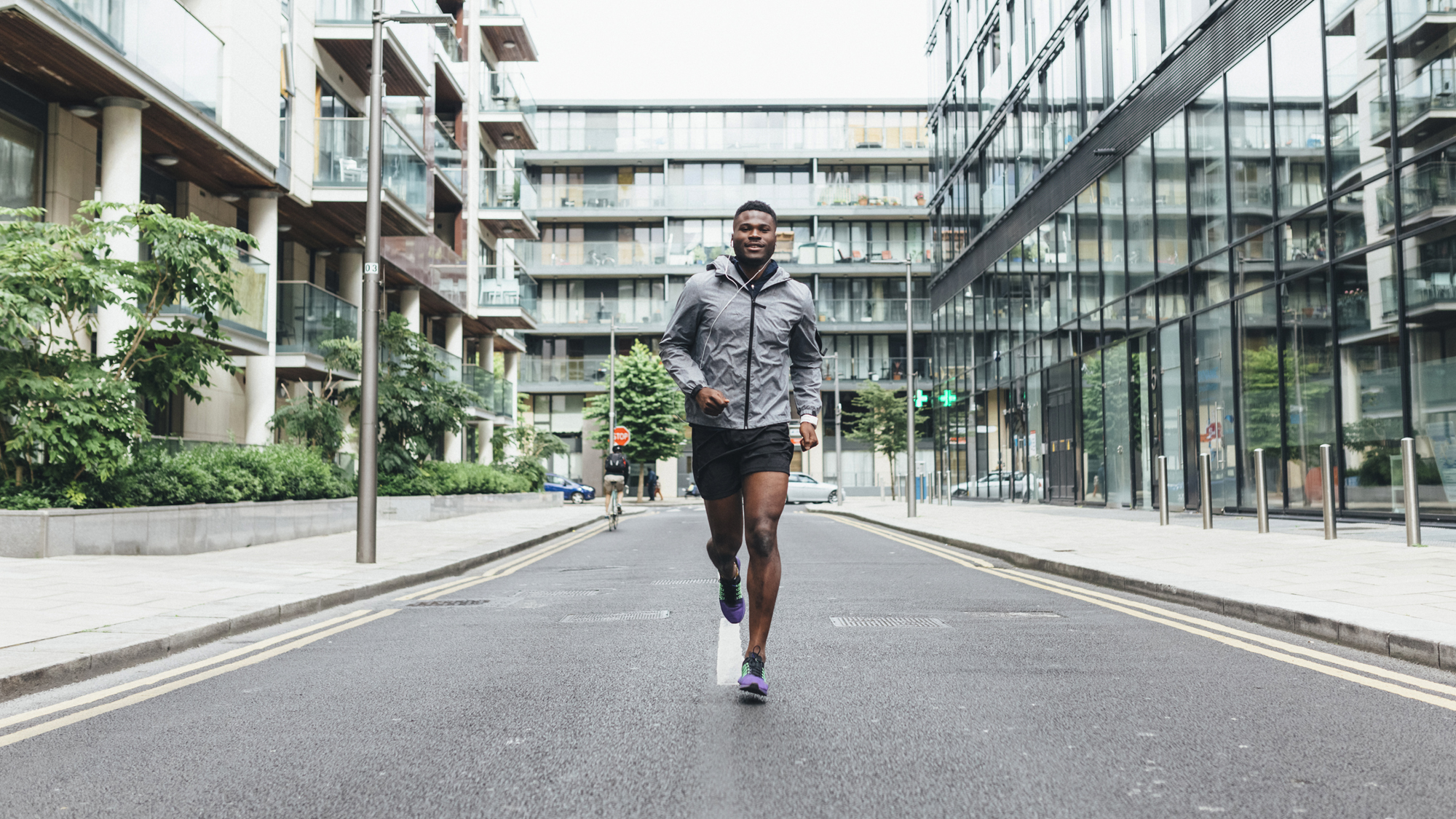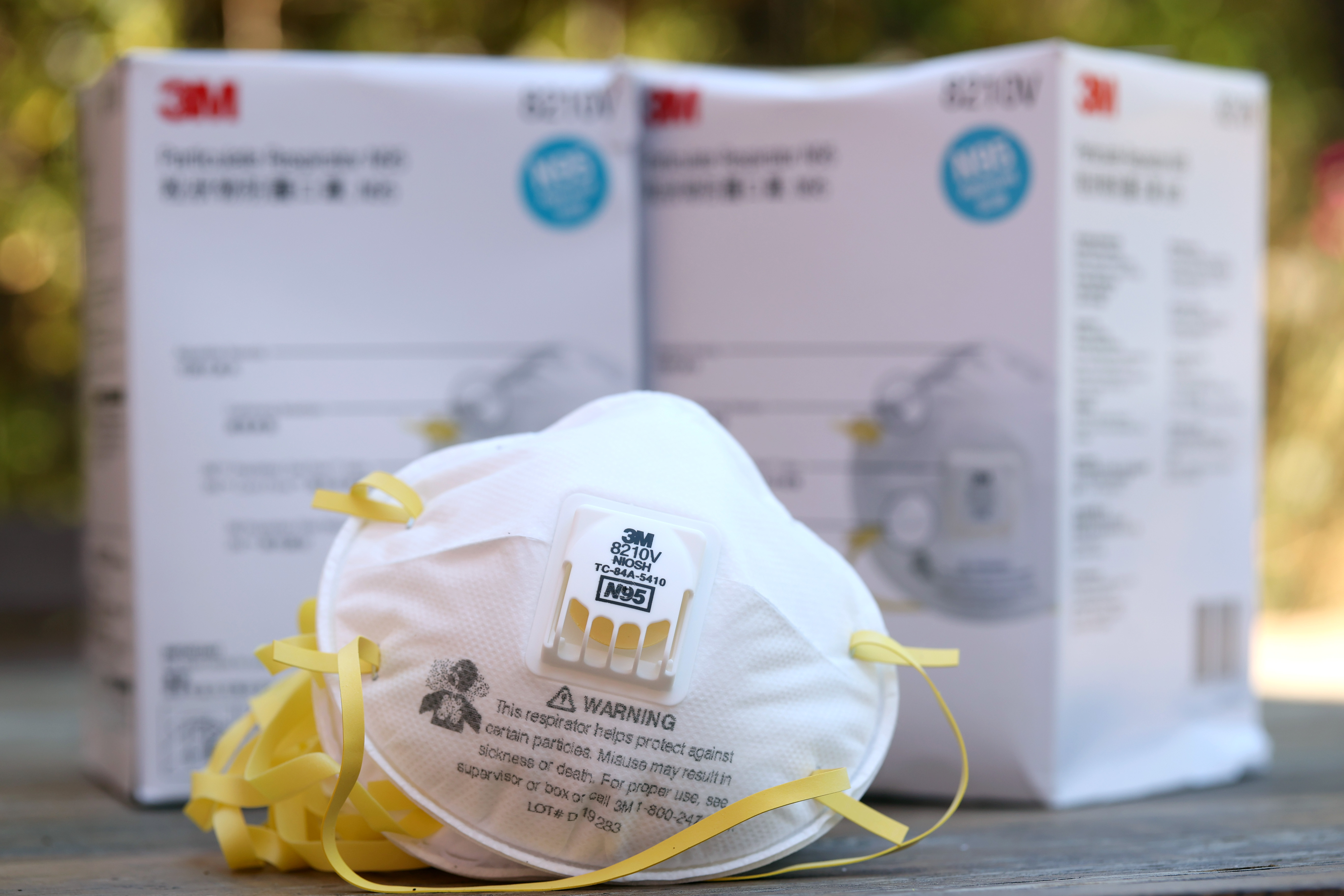Going for a run? Here's how to avoid breathing polluted air
With just a few tweaks, you can get the benefits of outdoor exercise without the downsides


One of the best ways to exercise is to head outside for a run. It keeps us physically fit and improves our mental health, but breathing unclean air can undo many of the benefits and even cause us harm.
If you are thinking of lacing up a set of the best running shoes for men or the best running shoes for women, a little bit of planning can go a long way to reduce your exposure to unclean or polluted air.
1. Check local air quality levels before your run

Given the importance of clean air, many countries have air quality monitors placed in high-prominence areas in cities, around roads, and in some towns. The data gathered is often made public, allowing websites, apps, and other services to keep you up to date on current levels of air pollution.
A quick search will return a huge list of options, but it's worth finding an air quality report that's presented clearly and with helpful advice, like the Plume Labs World Air Map. This report shows live and historical data and whether activities like outdoor sports, eating outside, and baby walks are safe.
The company, which sells a portable personal air quality monitor called Flow 2, compiles data from official sources so you can quickly check your area's air quality before heading out. If you want something more local, Plume Labs also offers a Street-by-Street Air Quality map.
Some of the best running watches also integrate with air quality monitoring services. Notably, Garmin smartphones support the Garmin Air app, allowing you to view your local area levels from your wrist.
2. Schedule a run for specific times and plan your route

While it might feel liberating to run whenever the mood strikes, one of the best ways to reduce your exposure to air pollution is to plan when and where you're going to run. Overall air pollution levels are important, but the cleanliness of the air can vary dramatically on a street-by-street basis.
Start your week with achievable workout ideas, health tips and wellbeing advice in your inbox.
Data gathered by the Clean Air Route Finder, a London-based project, found that some streets could be as much as 60% less polluted than more heavily-used routes. Even when out for a run, you can reduce your exposure by running on the inner part of the sidewalk, away from the traffic.
It's also best to avoid outside exercise during commuting hours, particularly the afternoon rush hour. Interestingly, a study from Brigham Young University found that 45-minutes of brisk walking in the early morning increased overall physical activity throughout the day, but without an increased desire for food.
Conversely, separate research found that exercising in the evening improved performance in a group of young men. Whether you choose the early morning or later in the day, the main thing is to build it into your routine.
If you want to run early in the morning but find getting out of bed in the dark a challenge, consider buying one of the best SAD lamps for your bedroom. These mimic natural light to help you wake up feeling more alert and energized.
3. Wear a pollution mask

Pollution masks have become increasingly commonplace over the past decade, but they were still seen as a niche item. These masks, designed to filter out pollutants so that you inhale fewer of the particles, didn't catch on everywhere, but then the pandemic struck.
We've all got used to wearing masks to avoid inhaling or exhaling virus particles in a short space of time. So, heading out for a run with a pollution mask on isn't quite as curious as it used to be.
As with COVID-19 masks, the filter's effectiveness is partly down to design and how you wear it and handle the mask between uses. The mask needs to fit snugly around your face, or pollution particles slip in around the filter. Likewise, you need to keep it clean and replace the filter or the mask itself.
When choosing a pollution mask, you should aim for one with an N95 or N99 rating to filter either 95% or 99% of particles. You might find these masks hard to come by, though, as these are the same variants recommended during the COVID-19 pandemic.

James is a London-based journalist and Fitness Editor at Fit&Well. He has over five years experience in fitness tech, including time spent as the Buyer’s Guide Editor and Staff Writer at technology publication MakeUseOf. In 2014 he was diagnosed with a chronic health condition, which spurred his interest in health, fitness, and lifestyle management.
In the years since, he has become a devoted meditator, experimented with workout styles and exercises, and used various gadgets to monitor his health. In recent times, James has been absorbed by the intersection between mental health, fitness, sustainability, and environmentalism. When not concerning himself with health and technology, James can be found excitedly checking out each week’s New Music Friday releases.